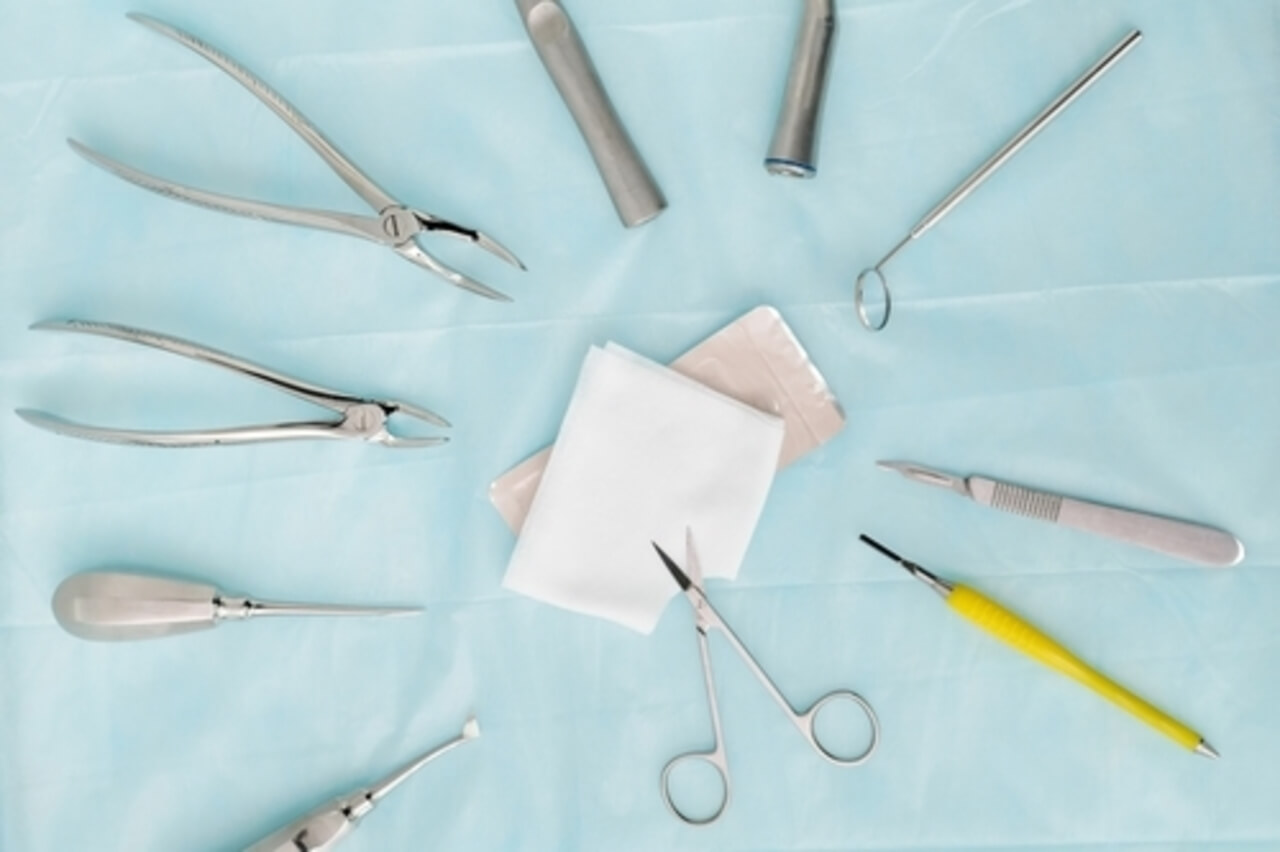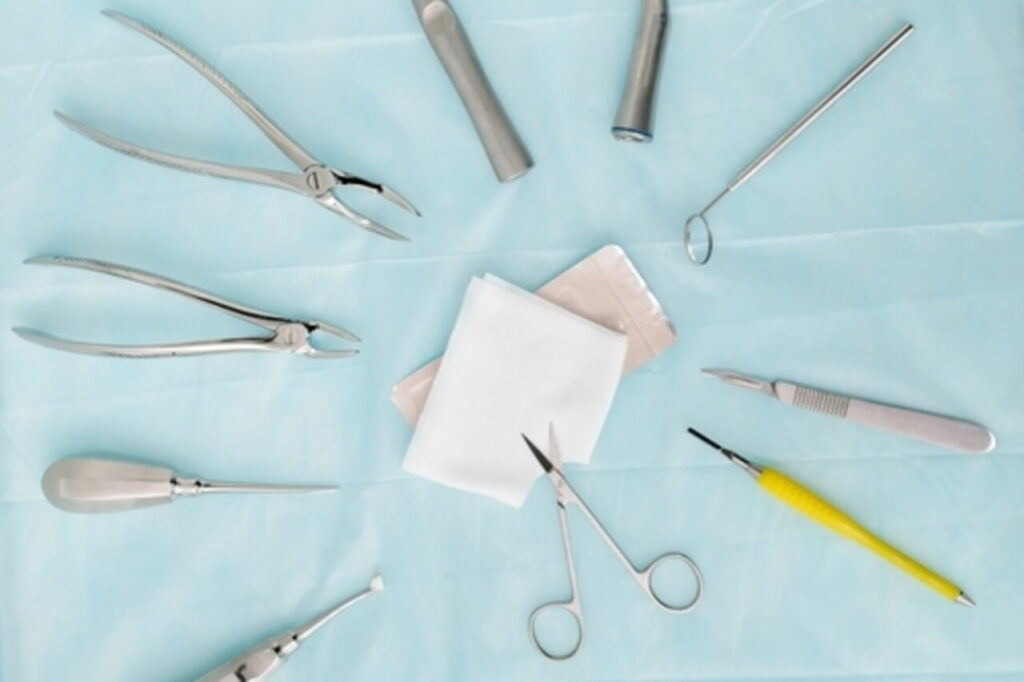Medical Instruments: Tools for Improving Health and Saving Lives

Medical instruments are a crucial part of contemporary healthcare because they help experts diagnose and treat a variety of illnesses more precisely and effectively. These devices range in complexity from straightforward diagnostic tools like CT scanners and MRI machines to basic ones like stethoscopes and blood pressure cuffs.

Diagnostic tools are one of the most significant subcategories of medical equipment. These include devices such as stethoscopes, which are used to hear a patient’s heart and lungs, and otoscopes, which are used to look inside the ear. These tools are straightforward but extremely important for gathering precise and significant data regarding a patient’s health.
Imaging equipment is a significant subset of medical devices. This comprises devices that create images of the inside of the body, such as X-rays, CT scans, and MRI scanners. These images are used to diagnose illnesses, track their development, and plan and oversee therapy. These devices provide high-resolution images that give medical personnel a clear, accurate glimpse of a patient’s inside organs and structures.
A vast variety of therapeutic tools are included in the category of medical instruments, in addition to diagnostic and imaging equipment. These tools include surgical tools like scalpels and forceps that are used during surgical procedures as well as physical therapy tools like exercise balls and resistance bands that are used to assist patients in recovering from injuries and regaining strength.
Use of robotics and computer-assisted surgical tools is one of the most recent advancements in medical equipment. These instruments are employed in a number of surgical disciplines, such as orthopaedics, gynaecology, and urology, and are created to improve the precision and accuracy of surgical treatments. Healthcare practitioners are better equipped to perform complex procedures with higher precision and accuracy when using robotics and computer-assisted surgical equipment, which improves patient outcomes.
The delivery of healthcare and the enhancement of patient outcomes depend heavily on medical equipment. These technologies, which range from basic diagnostic tools to cutting-edge imaging and treatment technology, enable medical personnel to identify problems precisely and treat them successfully, potentially saving lives and enhancing health.
In conclusion, medical instruments are crucial tools that have transformed the healthcare sector by enabling medical practitioners to identify and treat a variety of illnesses more precisely and effectively. Medical instruments are essential equipment that have significantly raised the standard of healthcare and the results for patients, whether they are used for diagnostic procedures, therapeutic treatments, or surgical procedures.

